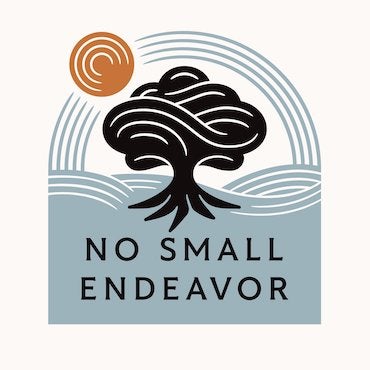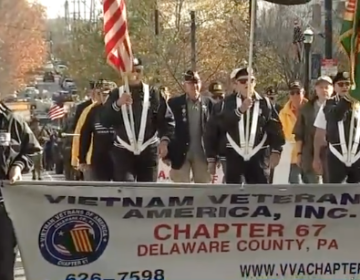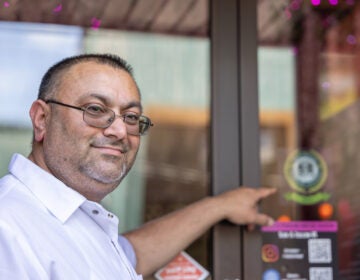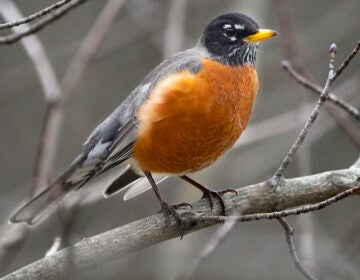Jaisohn Memorial House in Media celebrates Korean revolutionary
Throughout his life, here and in his native country, Philip Jaisohn was a champion of Korean independence and social equality.
Listen 1:34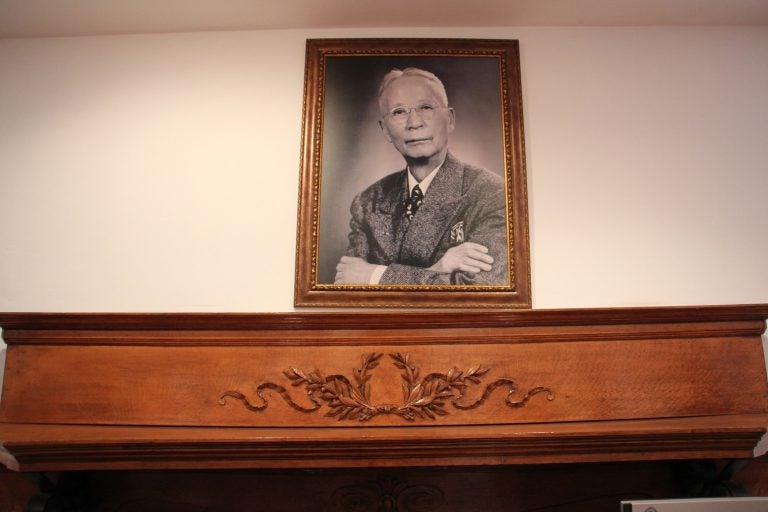
A portrait of Dr. Philip Jaisohn, the first Korean-American to receive a U.S. medical degree, hangs above the mantle at his home in Media, Pa. The home is now a museum chronicling Jaisohn's life and his involvement in the Korean indepencence movement. (Emma Lee/WHYY)
Peeking through the towering bamboo stalks that line Gayley Hill in Media, Pennsylvania is a stately brick house that was once home to one of Korea’s most important political figures. The house is now a museum celebrating the life of Philip Jaisohn, a lifelong advocate for Korean independence who lived there for more than 25 years.
In Media, Jaisohn practiced medicine as the first Korean-American to receive a U.S. medical degree. He spent most of his life in the Philadelphia area, helping to raise awareness of Korea’s efforts to free itself from Japanese occupation. Korean Independence Day was March 1.
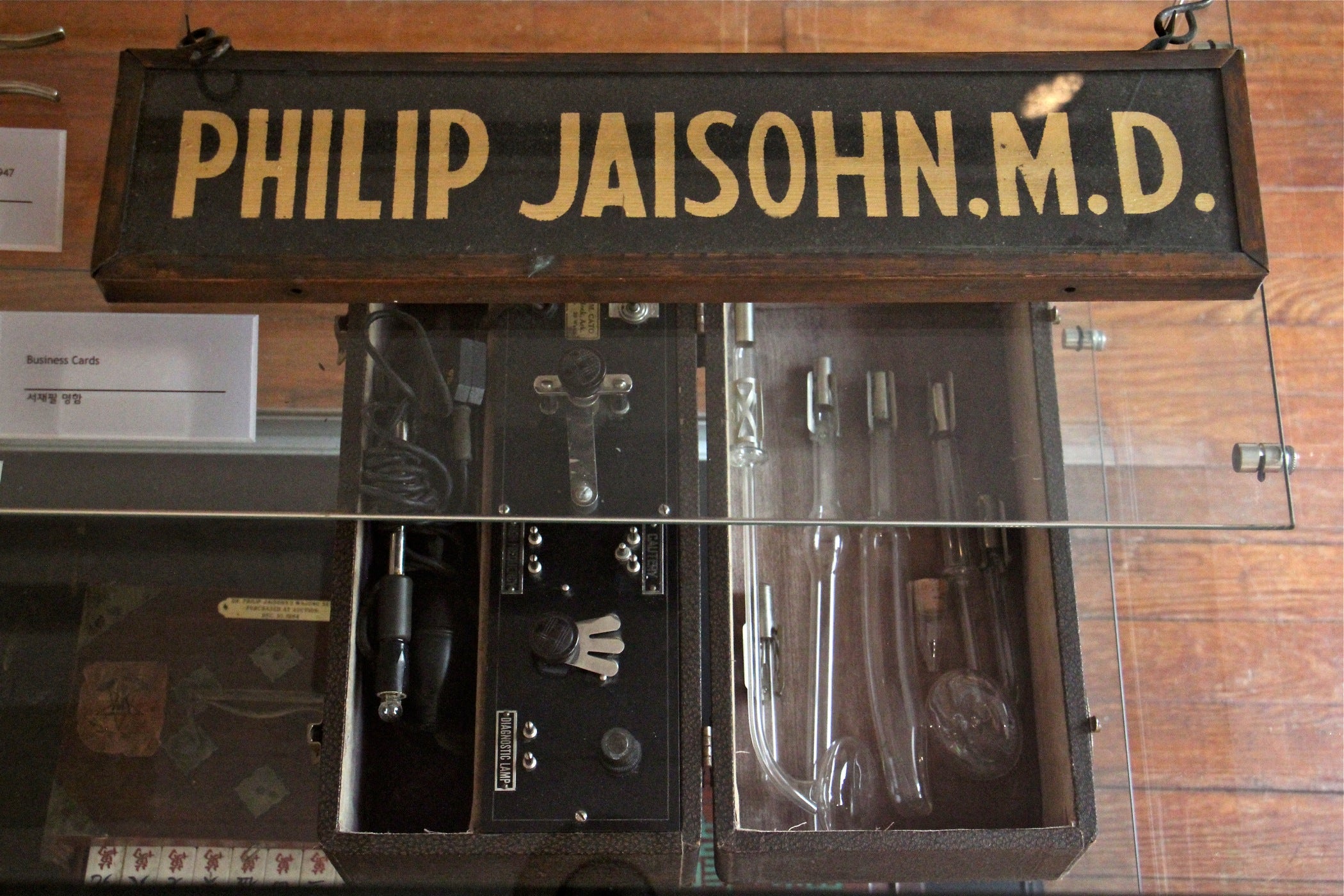
Jaisohn settled in Philadelphia after fleeing Korea to San Francisco, where he lived in political sanctuary after participating, at age 21, in a failed mid-1880’s coup against Korea’s government. He believed that the government had failed to promote social equality among classes of Koreans, and while living here was an outspoken supporter of Korean independence. In 1890, according to a brief biography on the website of the Philip Jaisohn Memorial Foundation, he became the first naturalized Korean-American U.S. citizen.
He returned to Korea six years later, the website says, and published a newspaper called The Independent. Its purpose was to politically educate the lower class and women who could not read Chinese, so Jaisohn published it in Han’gul, the first newspaper ever printed in vernacular Korean script.
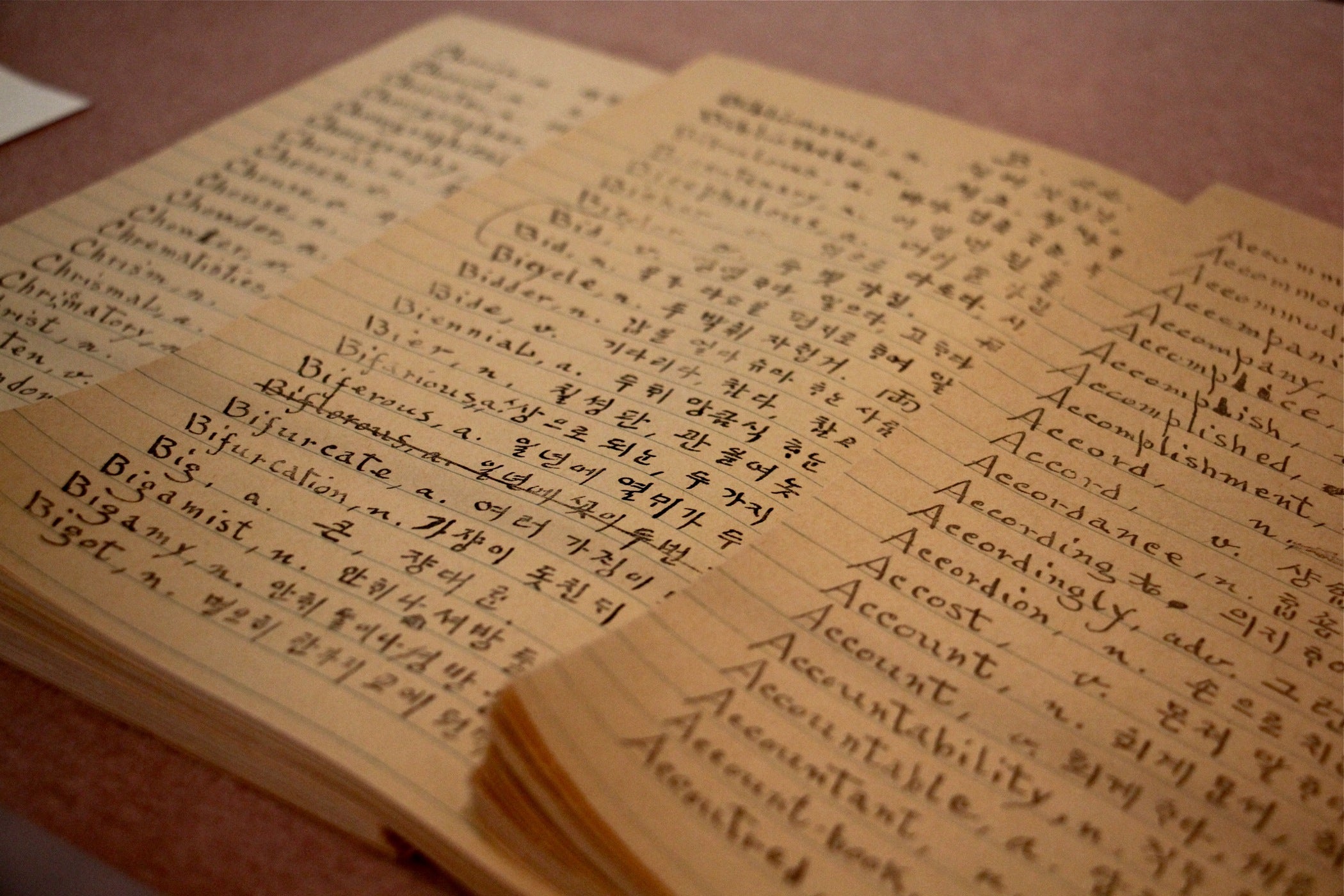
When Korea’s conservatives became uncomfortable with Jaisohn’s political work, he came back to Philadelphia, where he conducted medical research at the University of Pennsylvania and continued his activism.
George Choe, president and CEO of the Philip Jaisohn Foundation, said Philadelphia was the ideal place for Jaisohn to settle, given the city’s past hosting American revolutionaries.
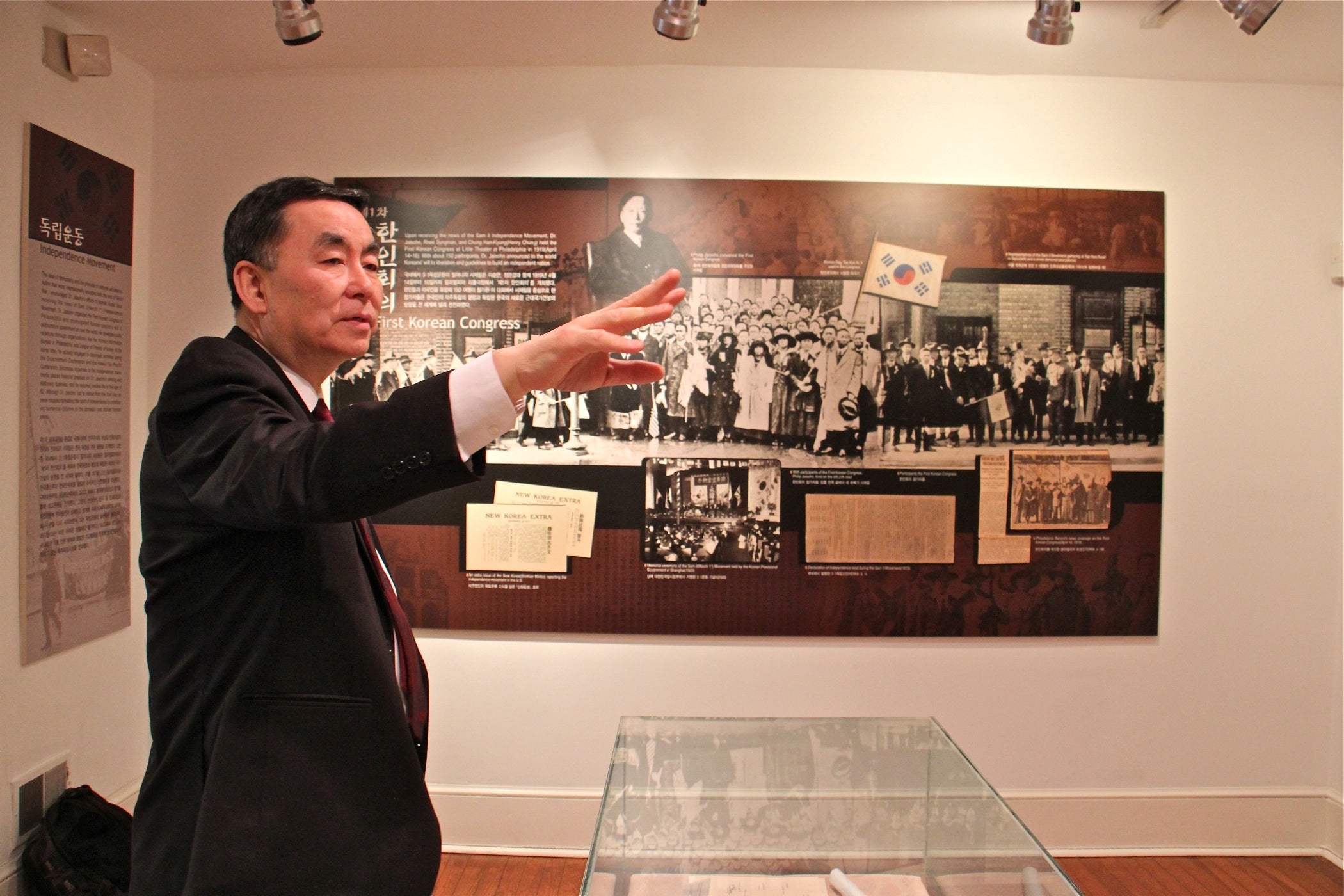
“You have a lot of those people in Philadelphia, Ben Franklin specifically,” Choe said. “That’s where Philip Jaisohn learned from. So that’s why it’s the perfect place.”
While living in Philadelphia, Jaisohn established 21 chapters of the League of Friends of Korea all over the United States, founded the Korean Information Bureau, and held the first Korean Congress, which was the first major political gathering of Korean-Americans in U.S. history. During this Congress, he and 200 fellow Korean-Americans marched to Independence Hall in 1919 to raise awareness of Japan’s harsh treatment of Koreans.
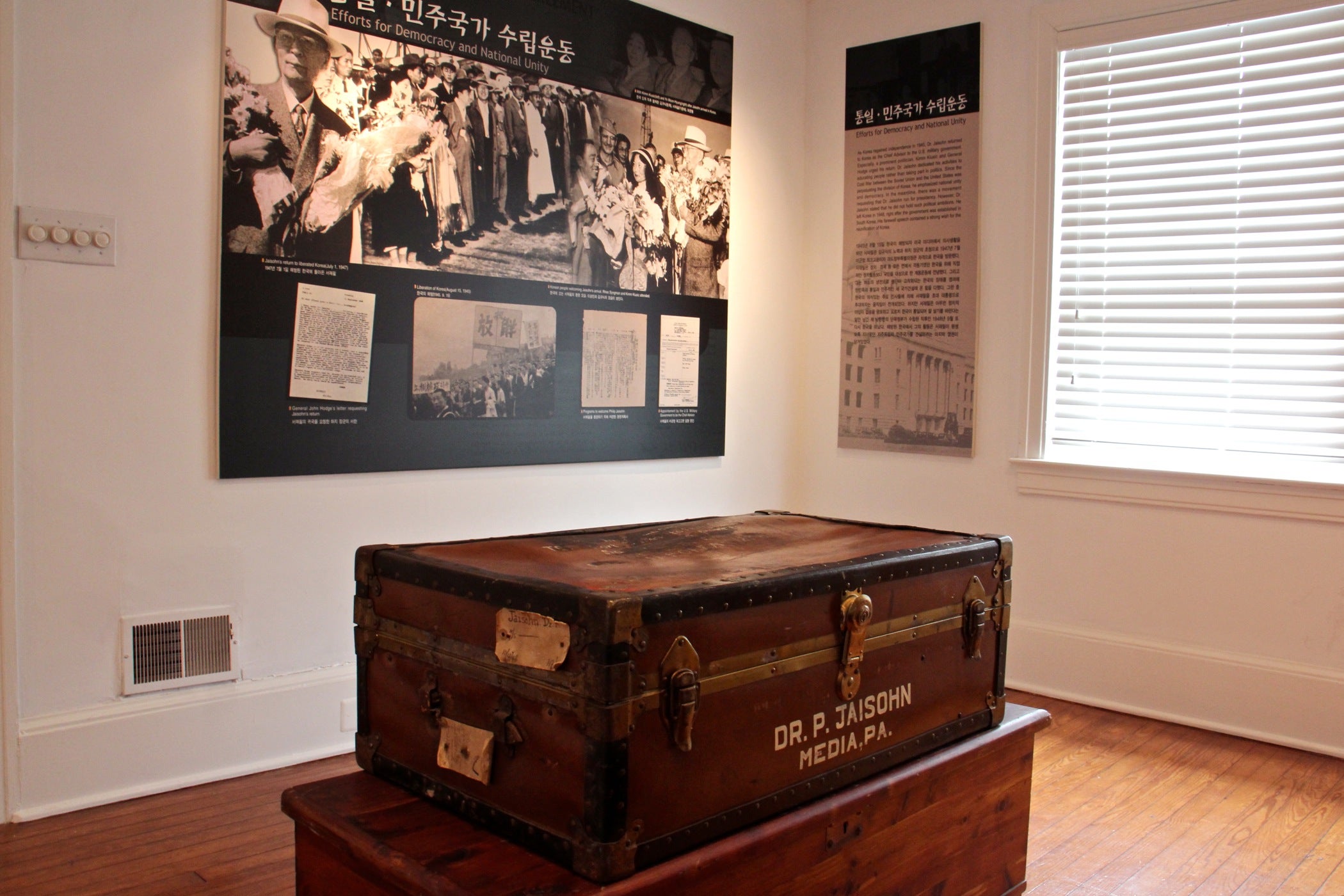
Jaisohn moved to Media to continue his medical work, and actively resisted efforts to elect him the first president of South Korea, preferring to educate instead.
Media’s mayor, Bob McMahon, said not enough people in the Philadelphia region are aware of Jaisohn’s enormous contributions to Korea’s independence efforts, adding that local schools should dedicate time to teach about Jaisohn, and Korea as a whole.
It’s typically the spring of the junior-year curriculum when Korea follows the study of World War II, McMahon said. “We want them to … at least maybe get to learn about the history of the 2 million people that live in the states.” About 80,000 Koreans live in the Philadelphia area, he said.
“It’s a heck of a history,” he said, “and of course it’s in the news every day with the threats [from North Korea]. So they should know more about the country that’s being threatened.”
Jaisohn died in 1951 in Norristown. His ashes were repatriated in 1994 and were buried in the National Cemetery of South Korea in Seoul.
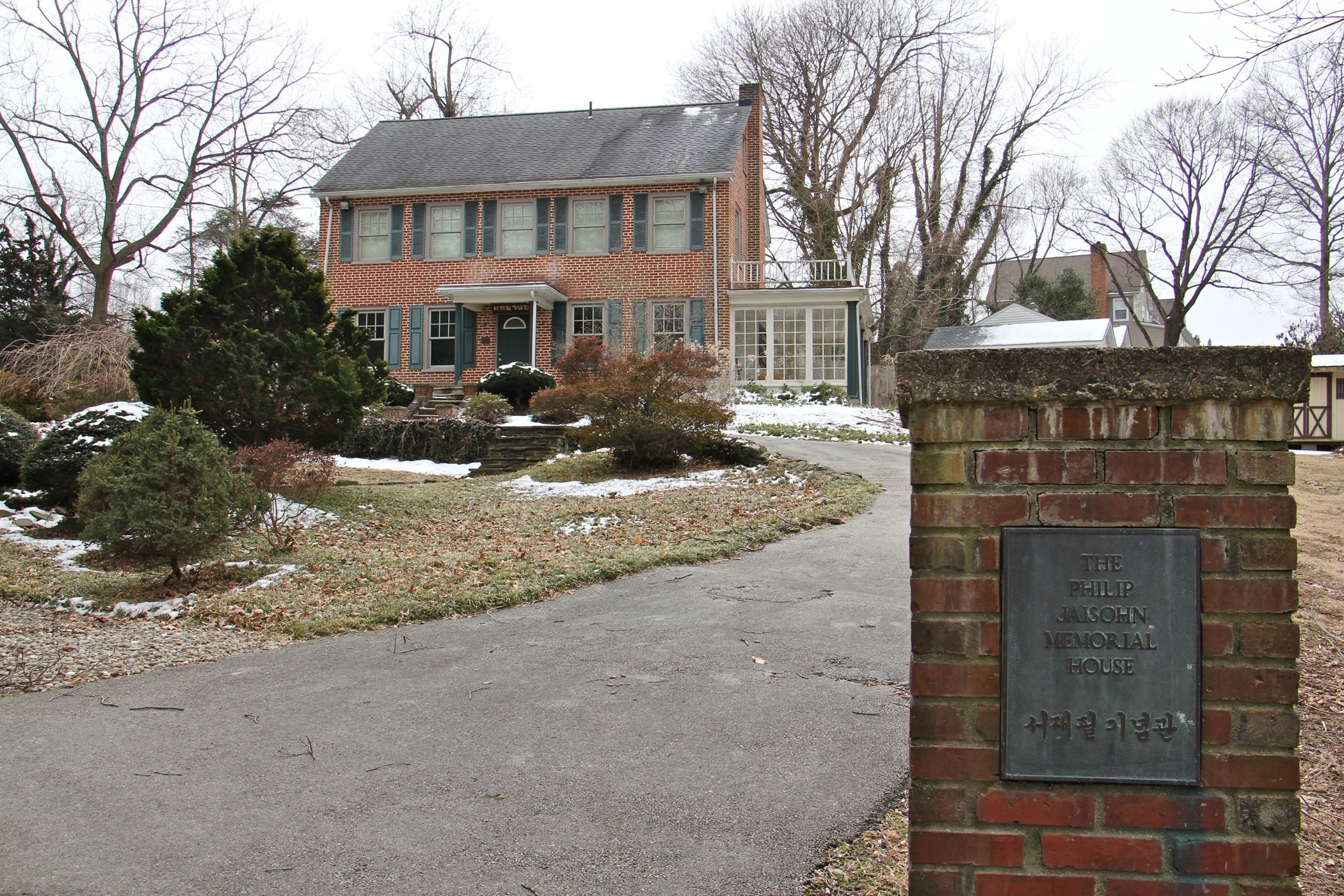
WHYY is your source for fact-based, in-depth journalism and information. As a nonprofit organization, we rely on financial support from readers like you. Please give today.

